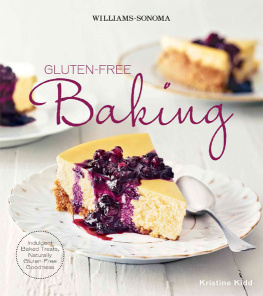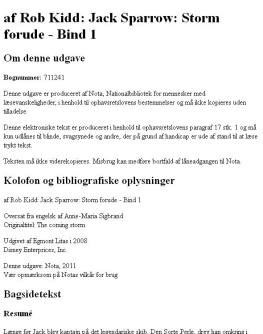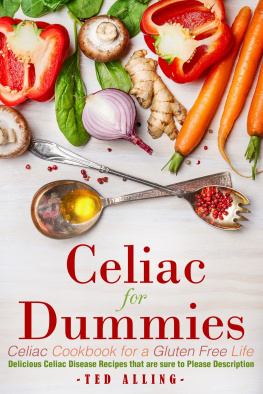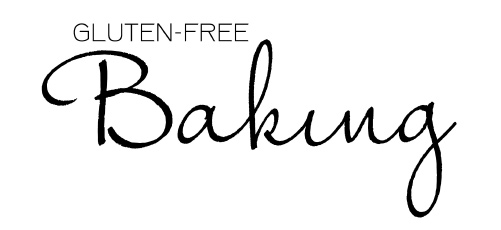
Kristine Kidd
Photographs by Annabelle Breakey

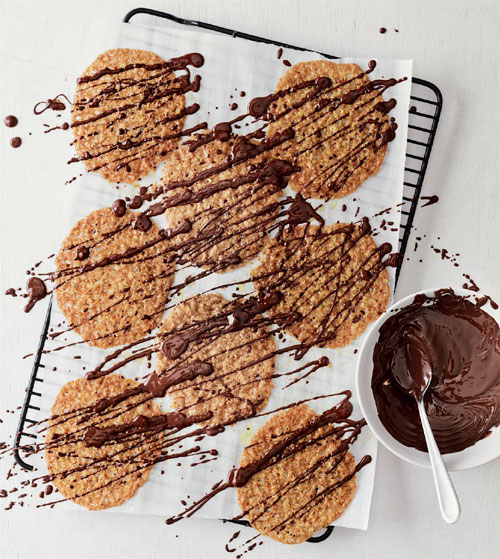

Contents
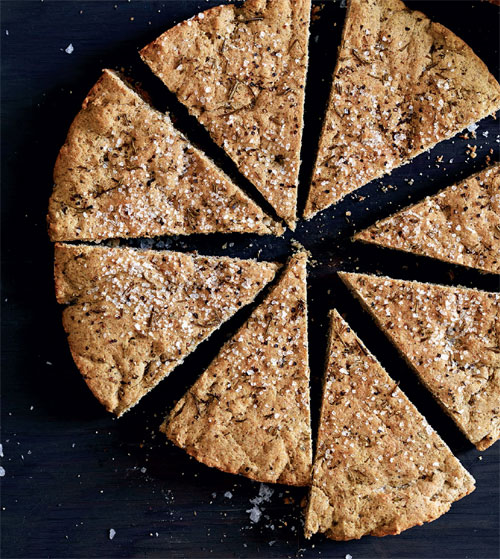
gluten-free goodness
For the first 2 years after I had to adopt a gluten-free diet, I gave up bread and many pastries because most of the prepared gluten-free goodies were coarse, dry, and lacking in good flavor. The flour blends were mixtures of nutritionally empty white starches, and I had no idea how to cook with whole grains like sorghum and buckwheat.
At first I relied on fresh fruit and ice cream sundaes for dessert. But after awhile, I wanted something more exciting for our dinner parties. So I started to focus on baked desserts that never included glutenitems like crisp meringue, Pavlovas topped with whipped cream and berries, nut tortes layered with lemon curd, and flourless chocolate cakes. Many of those recipes are in this collection.
When I began craving cookies and cakes, breads and pies, and breakfast pastries, I decided it was time to explore the alluring array of gluten-free whole grains I had been avoiding. I formulated the goal to create treats with great flavor and texture, featuring healthful grains, and as small a measure of white starches as I could get away with. I focused on slightly sweet, protein rich sorghum flour; earthy buckwheat flour; millet; oats; quinoa; and almond meal.
After much experimentation, I started producing satisfying breakfast pastries: flavorful scones with add-ins like chocolate chips, ginger, and lemon; fresh berry muffins; and my childhood favoritecinnamon crumb cake.
Holidays were my next challenge. For the first few years I served apple crisp after our Thanksgiving feast, but last year I realized we all really missed pies. Nuts ground with gingersnaps make terrific crunchy crumb crusts, perfect for sweet spiced pumpkin pie. I am proud of the pie and tart crust I developed after many tests. Try it in the spectacular apple crumble pie, and I bet youd never guess it was gluten-free. For Christmas, the intense, rich chocolate-cherry torte is an ideal ending. Or, how about a pumpkin cheesecake with a pecan crust?
When my stepson Ethan comes to visit, he heads straight for the kitchen and checks out the cookie tin for treats. These days I keep it filled with chocolate chip oatmeal cookies, rich walnut brownies, shortbread like pecan thumbprint cookies or his favorite, fudgy ginger-nut meringues.
Now I was on a roll, and began formulating delicacies for every occasion: creamy cheesecake with wild blueberry sauce for our anniversary, coconut-lime pie for my husbands birthday, gingerbread cake topped with sauted peaches to end a summer garden party, and chocolate-nut-caramel tart for big deal dinners.
Finally, I was ready to tackle the artisanal breads I craved most of all, and what an adventure it has been! I didnt want to create disappointing copies of breads that rely on gluten for their structure and texture; I was determined to make great breads with the whole grains I was coming to love.
Cornbread came first full flavored, whole-grain cornmeal supported with just enough starch to offer lift. I started with plain cornbread, and then moved onto versions with cheese and chilies or dried fruit and fennel seed. I discovered that Irish soda breads turned out great when made with subtly sweet oatmeal flour and wheat-like sorghum flour. I also make a multigrain, walnut enriched version as my everyday breadgreat hot, toasted or plain, slathered with butter and jam or smeared with soft cheese.
I discovered that flat breads are pretty easy to re-create but high-rising loaves need gluten for support. I flavor my flatbreads with fresh herbs and olives and serve them with appetizers or alongside pasta dinners.
Dive into this book and before you know it, muffins, pies, cakes, cookies, and breads will be safely reintroduced back into your diet in new andperhapseven more delicious forms.

ingredient primer
Gluten is a protein present in wheat, rye, and barley. Most traditional baking recipes rely on the gluten present in wheat flour, and the development of its inherent proteins, for their structure. Gluten-free baking differs from traditional baking in that it uses non-gluten substitutes, different baking formulas, and unique baking solutions. Following is a guide to the main gluten-free ingredients used throughout this book.
Gluten-free flours and starches
BUCKWHEAT FLOUR
Made from ground buckwheat seeds, this flour has a strong, earthy flavor and dark color. I like to use it for breads, muffins, and scones.
CORNSTARCH
This highly refined starch has little nutritional value, but helps lend a smooth texture to gluten-free baked goods.
MILLET FLOUR
Dense in nutrients and mild in flavor, millet flour forms a pleasing, dense crumb. It works well in hearty breads.
OAT FLOUR
This subtly sweet, whole-grain flour is made from ground oats. Be sure to choose oat flour that is labeled as gluten-free. Oat flour can easily be made at home in a food processor by grinding gluten-free oats until they become powdery. This flour is particularly high in protein, making it ideal for building structure in breads and muffins.
POTATO STARCH
This white starch, derived from potatoes, helps deliver tenderness and structure in baked goods, but it needs to be combined with other flours. Do not confuse it with potato flour, which is the whole vegetablenot just the starchground into flour.
QUINOA FLOUR
Made from pulverizing one of the most nutrient and protein dense grains available, quinoa flour is delicate and may retain a faint bitterness that is present in the whole grain. I use quinoa flour in my whole grain walnut bread.
RICE FLOUR
Brown rice flour is a sandy-textured flour that is slightly nutty and earthy, much like the flavor of brown rice in its whole form. Keep this flour in the refrigerator to extend its shelf life. More neutral in flavor and lighter in color than brown rice flour, white rice flour has a longer shelf life. Although I dont use white rice flour for baking, it is great for thickening gravies and dusting meats before sauting.
SORGHUM FLOUR
One of my favorite gluten-free ingredients, sorghum flour is high in protein and fiber, and adds a pleasant smooth texture to baked goods. I use it in everything from muffins and scones to piecrusts and quick breads. Many believe sorghum flour to be closest in flavor and texture to wheat flour.
TAPIOCA FLOUR
Also known as tapioca starch, this fine powder helps contribute texture and structure to baked goods. Tapioca flour should always be mixed with other gluten-free flours for best results.
Measuring flour
Baking recipes, whether traditional or gluten free, calls for careful and consistent measuring of ingredients in order to guarantee good results. For these recipes, I used the following technique for flour: Place the measuring cup on a sheet of waxed or parchment paper. Pour or spoon the flour into the cup (do not pack it down), and then level it off with a metal spatula or the back side of a knife; the overflow will fall onto the paper below. When youre finished measuring, lift up the paper from two sides, catching the overflow ingredients in the center, and then pour the excess flour back into its original container. For flour measured by tablespoons, scoop the flour into the measuring spoon and then level with the back of a knife.
Next page
